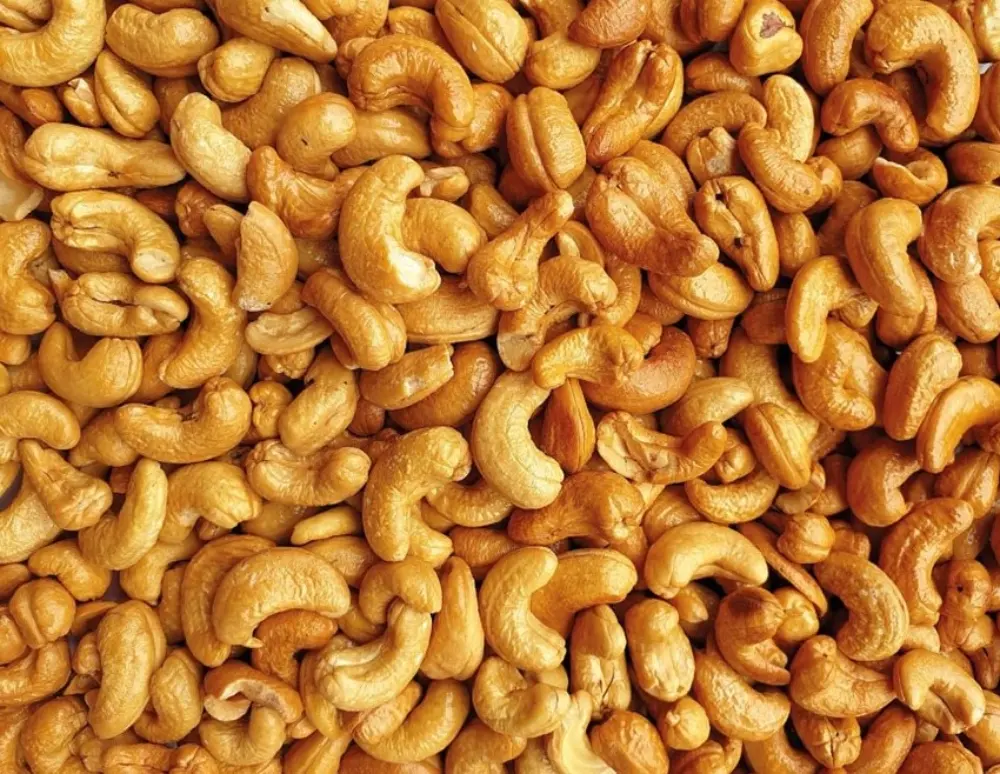- Agribusiness, an added-value alternative
One of the greatest challenges for the agricultural sector, especially for small- and medium-sized producers, is to add value to the products from their harvests. The answer seems straightforward: the added value of a harvested product is only achieved by carrying out some kind of process that extends its shelf life or by subjecting it to agro-industrial processing. This is where the agricultural producer begins to face new obstacles. Processing generally involves processes that require facilities, equipment, labor availability, and, perhaps most importantly, the knowledge necessary to obtain, at the end of the process, a high-quality product accepted by consumers.
Currently, the goods and services market tends to respond to what consumers demand, which means that any agro-industrial processing alternative must align with the needs of a society that exercises the power to approve or reject: consumers who compare prices, seek quality, and above all, aim to meet food security needs.
Processing processes generate significant consequences in various aspects: perhaps the most visible, or at least the most publicized, is the generation of economic profits. However, there are other results just as, or even more important: food preservation, an ongoing social need, and the potential to prevent significant losses of agricultural products in the field, at collection centers, during post-harvest processes, and even in marketplaces. This applies not only to products for human consumption but also to those of animal feed and other uses, such as generating alternative energy from waste in the production and marketing chain.
We must remember that agribusiness is an essential sector for the economic development of many countries, as it generates jobs, income, and foreign currency. Therefore, small- and medium-sized farmers can, or rather, must be part of this business.
Producers often face a difficulty that, at first glance, can seem insurmountable: the high costs of facilities and technical equipment to process their products. Considering this, a group of Agrosavia’s researchers, located at the Nataima and Tibaitatá Centers, is developing research processes to define new products, energy alternatives, methods, and general strategies to establish low-cost processes with high-quality standards.
The researchers’ goal, through these technologies or processing processes, is to reduce losses of the primary product and, consequently, allow entrepreneurial producers to improve their economic income.
A significant factor affecting agricultural production is field loss, especially during harvest and post-harvest, caused by mechanical damage, over-ripening, and transportation, among other activities that prevent achieving better product quality.
In seeking improved and innovative alternatives, researchers aim to extend product shelf life, creating options that help mitigate the “harvest glut” effect. To learn more, we consulted agro-industrial engineer Kelly Johana Pedroza, asking her about the complexity of fresh product processing processes. Her answer was simple: in the case of fruits, pulping, chopping, and maintaining the cold chain are processes that add value, allowing high-production seasons to be managed by preserving stock for times of lower market saturation. Additionally, it is possible to reach a new segment of consumers who enjoy this type of product, meaning that consumer profiles change for various reasons, with convenience being a major factor. Despite the apparent simplicity of these processes, they involve basic costs that the entrepreneur must bear.
Another processing activity, the researcher continues, is water extraction, which can be done using systems powered by alternative energy sources such as solar. This is the most widely used added-value technology, as it forms the basis for many processes. In fact, the practice has been historically employed in family farming: producing plantain flour or preserving meat and fish through sun-drying were common before technology was available to guarantee food preservation and shelf life.
The alternative, especially for rural families, was to use available tools, and solar energy was undoubtedly accessible. Today, the same conditions remain, but with new challenges and opportunities: to develop simple, efficient equipment and processes that achieve impactful results, with the challenge of ensuring the preservation of the physicochemical, functional, and sensory properties of products.
In any case, it is essential to start from basic premises, among which sustainable production is key. Agribusiness faces challenges related to biodiversity conservation, circular economy, and environmental sustainability, creating opportunities to innovate and improve efficiency and productivity through advanced technologies. Likewise, globalization brings challenges linked to international competition and adaptation to changes in global markets.
In summary, the food agribusiness sector focuses on producing, processing, and preserving food, and the planet needs it every day. Let us not forget that, on average, 25,000 people die of hunger daily. This segment of production and the economy plays an important role in food security, as it enables food production and distribution on small, medium, and large scales. Agribusiness is a job generator; it is a sector that requires labor to carry out its activities, and the added value it generates allows paying for that labor.
That is why Agrosavia and its research centers are working to pave the way for small- and medium-sized agricultural producers, so they can find in agribusiness the alternative to give their products—and undoubtedly their families—the added value they need to improve their quality of life.
- More information here:
- Jorge Sarasty Petrel
- Communications, Identity and Corporate Relations Professional
- Research Center Nataima
- Communications, Identity and Corporate Relations Advisory Office
- jsarasty@agrosavia.co
- AGROSAVIA





